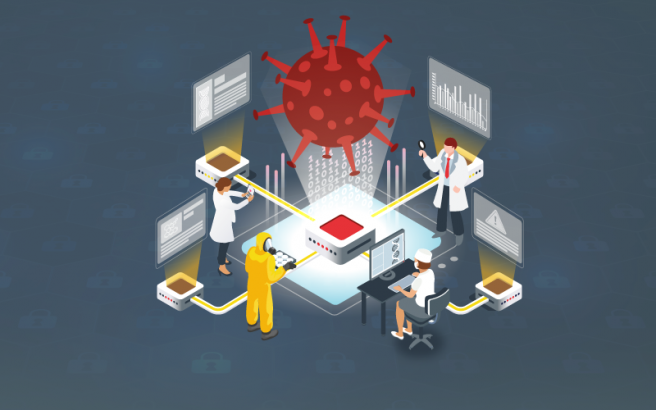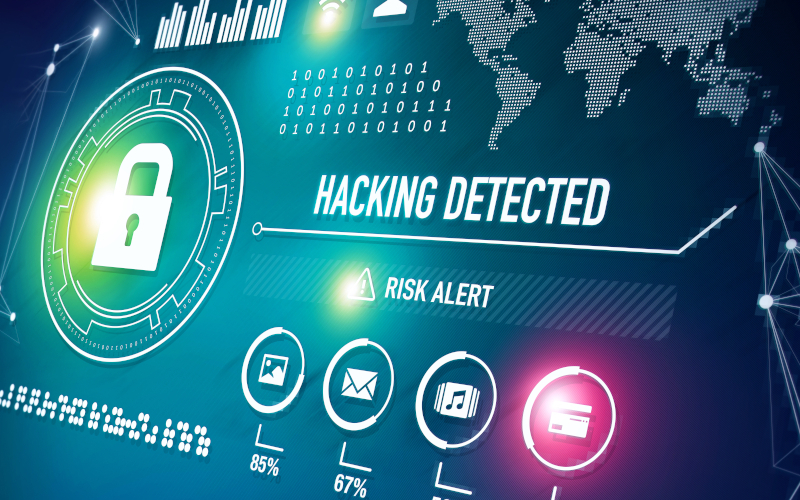Threat analysis study: LockBit
Posted on 23/03/2023, by
INCIBE (INCIBE)

En este estudio, se expone brevemente el origen y evolución de la amenaza ransomware LockBit 3.0, a través del análisis de varias muestras maliciosa, con el objetivo de facilitar la información necesaria para poder identificar las características propias de este malware, su comportamiento y técnicas empleadas, permitiendo así una mejor identificación y respuesta ante ella.










